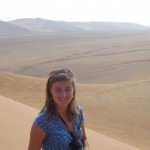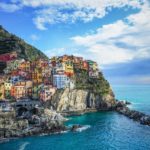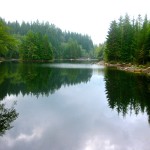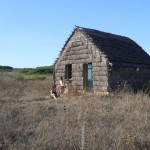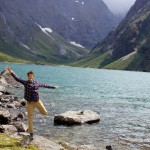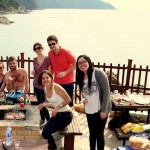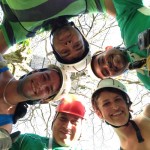The Namib Desert: The Great Sand Sea
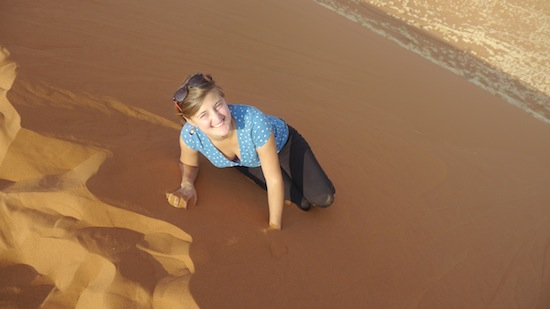
The gravel road took us past the golden coastal dunes near Walvis Bay, along endless plains, twisting canyons and pastel landscapes. As with our other days on the road, we were struck by the desolation of our surroundings and the stark beauty of the ever-changing views.
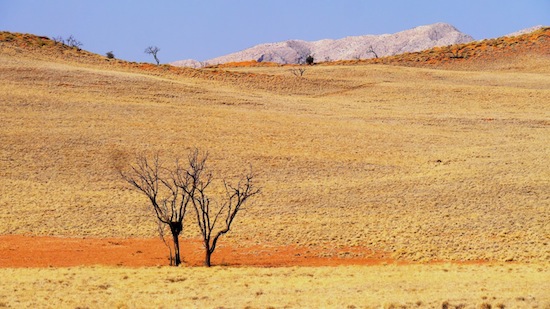
- Landscape on the way to Sosussvlei
We drove for hours without passing cars or signs of civilization, engulfed in feelings of emptiness and isolation. The long, empty stretches were interrupted at times by a solitary oryx or groups of ostriches. We passed the Tropic of Capricorn, stopped for lunch at the tiny outpost of Solitaire–a bizarre little place that resembles a wild western town along the Route 66 and claims to have the world’s best apple strudel–and reached our campsite at the lovely Weltevrede Guest Farm by nightfall.
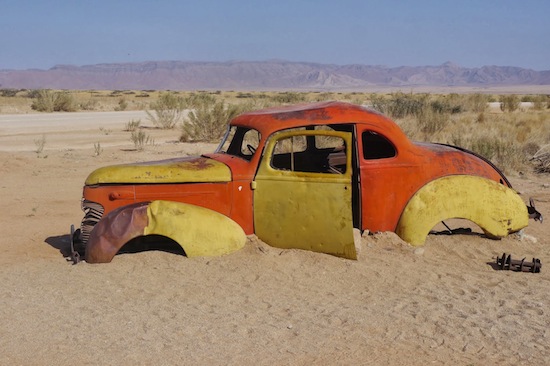
- Car buried in the sand on the way to Sosussvlei
The next morning, we rose with the sun and set off toward the gates of Sosussvlei.
Though not the tallest dune in the park, many tourists opt to climb it due to its proximity to the road, its relatively gentle grade and its beautiful vistas.I sat at the top of Dune 45 for a while, looking out over the sinuous ridges of the surrounding sand sea. As journalist Elinor Burkett describes, “Those naive enough to believe that a dune is a dune is a dune are faced with a dizzying array of sand configurations.” These sand configurations have been chiseled over the course of centuries by the Kalahari and Atlantic winds. They have been beautifully sculpted by the elements and stand as a testament to nature’s sometimes raw and unforgiving power.
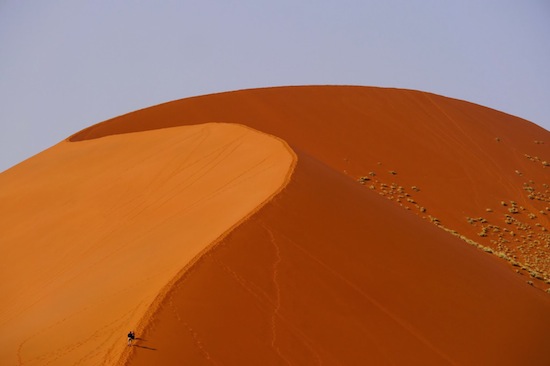
- The top of Dune 45
Shifting sand and dry temperatures, however, cut the pan from the course of the river and, as a result, the area has long since dried up.Over the course of approximately 900 years, the unrelenting sun charred the tree bark and painted it a deep black. Today, the black trees, white clay, red earth and deep blue sky combine to create a dazzling and otherworldly display of colors and a unique geographic feature unlike anything I had ever seen on my previous travels.We ended our day in Sosussvlei with a visit to the Sesriem Canyon and a quick hike up the Elim dune around sunset.
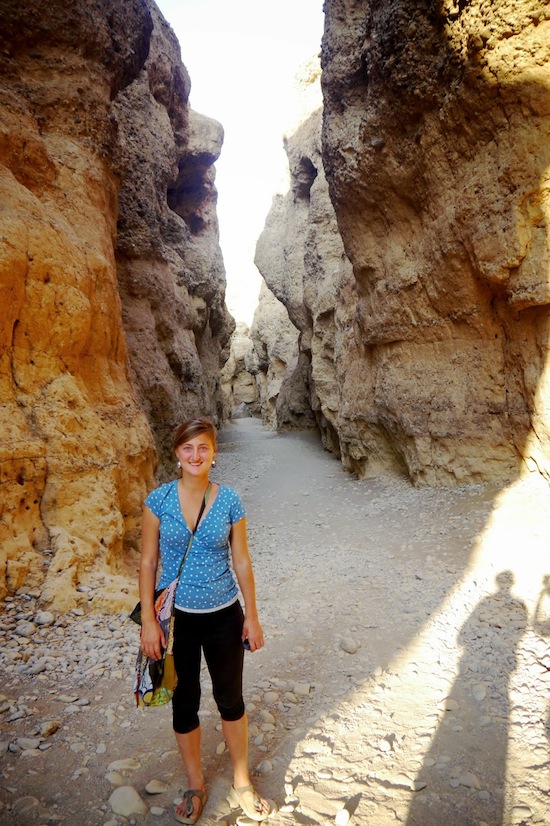
- Me in the Sesriem Canyon
Unlike the other highlights of the Namib-Naukluft Park, Elim is not known for its immensity or grandeur. Rather, tourists visit it for its beautiful display of pastel colors. Tufts of green grass spring from the red sand and contrast with the yellow grasses and purple mountains.
I would have loved to stay until sundown, but we had to race out of the Park’s gates before the sun dropped below the horizon.
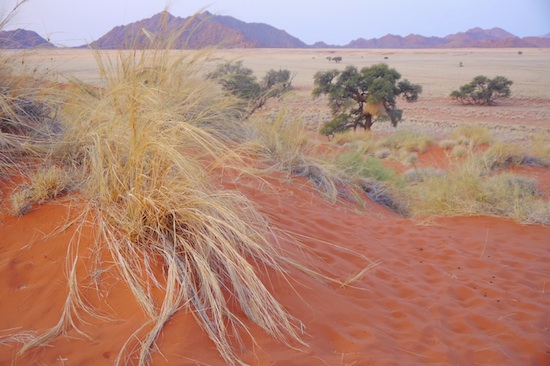
- Pastel Colors of the Elim Dune
There are some places that are too beautiful for words or photos. I could post hundreds of pictures of my day in Sosussvlei, but they would not accurately depict the mesmerizing landscapes I saw with my own eyes.

